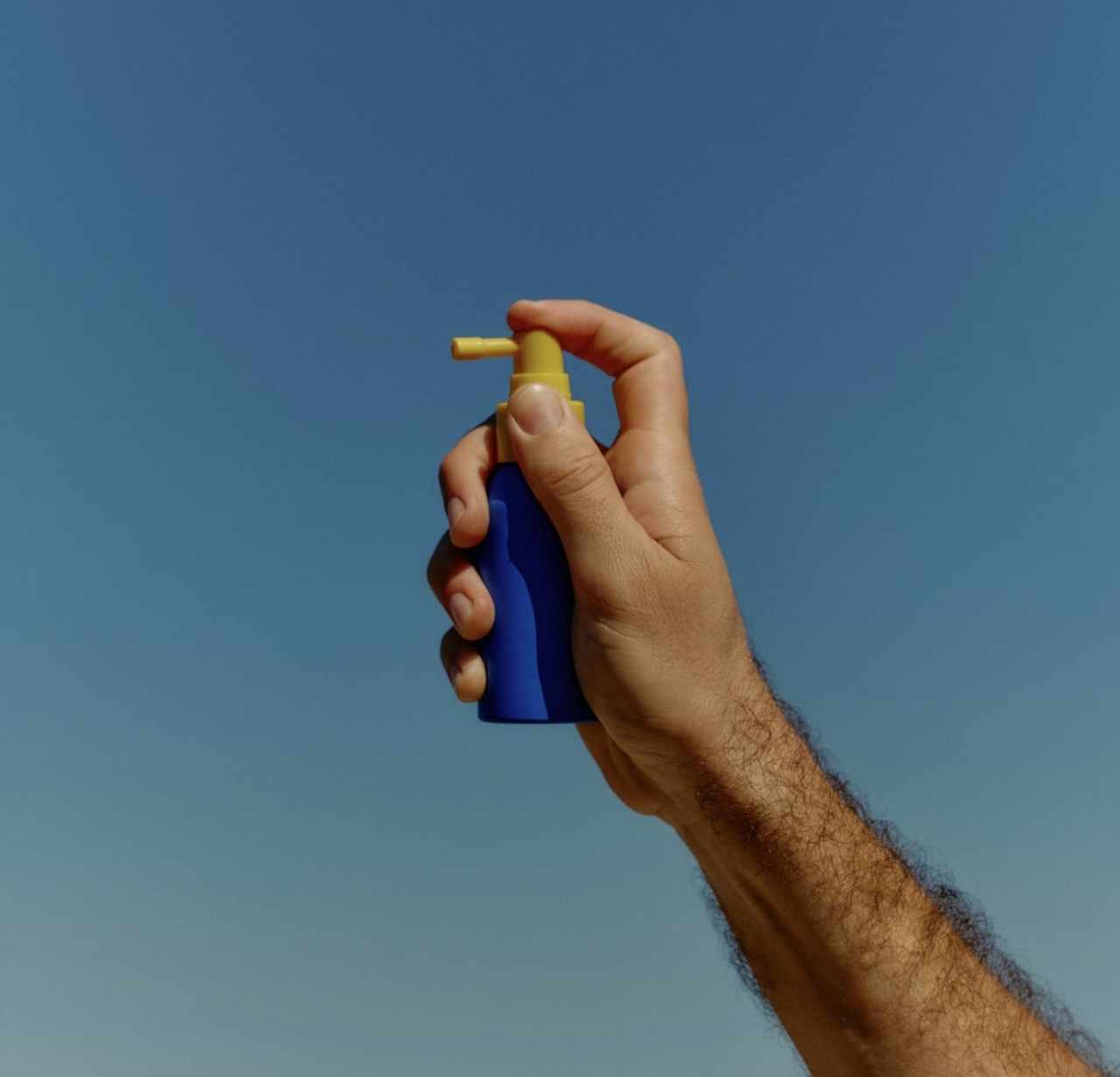Once you gather feedback, analyze it.
What are the repeated issues or highlights? What’s non-negotiable? What’s fixable?
→ We’ll use that insight to prepare a second round of samples.
→ Share them with the same testers to ensure consistency.
→ Narrow it down to the one that feels like your brand in a bottle.
→ Snap a photo of the final sample with the number visible - that’s your golden formula.
Keep a small amount of preferred samples to compare with new one - it helps to revisit it later when you see the final product.
Sample choice!
Once your chosen sample is locked in, send us correct sample number and leave yourself a small amount to have archive.
We'll move on to:
✅ Lab testing
✅ Regulatory work
✅ Packaging selection
✅ Final production
Every step will be guided by Cleansery®, but once we move into compliance, formula changes will have time and cost implications ⚠️
That’s why it’s so important to test carefully, collect detailed notes, and only move forward when you’re 100% sure.
💡 Idea: The product is never truly “Final”
Even after your product hits the market, consumer feedback will matter.
Your first formula is a milestone - not a finish line.
If your customers ask for a lighter scent, stronger hydration, or a reformulated shade - you can tweak it or make new version.
You’ll just need to go through testing and documentation updates again before the next batch.
And that’s completely normal. Great brands evolve.
Summary: Your Formula = Your Future
🌿 Test with intention
👥 Include multiple testers
📓 Note your honest feedback
💡 Collaborate with us at every stage
🧪 And above all: have fun!
This is how iconic products are born.
And we’re right here with you - every step of the way. Thanks!
Written by:
Andrzej SuwaraI'm a founder & CEO of Cleansery®, and a beauty brand consultant specializing in influencer-led launches.
I help creators turn their ideas into real, high-performing products - without the overwhelm.
11+ years of experience in beauty and e-commerce.























